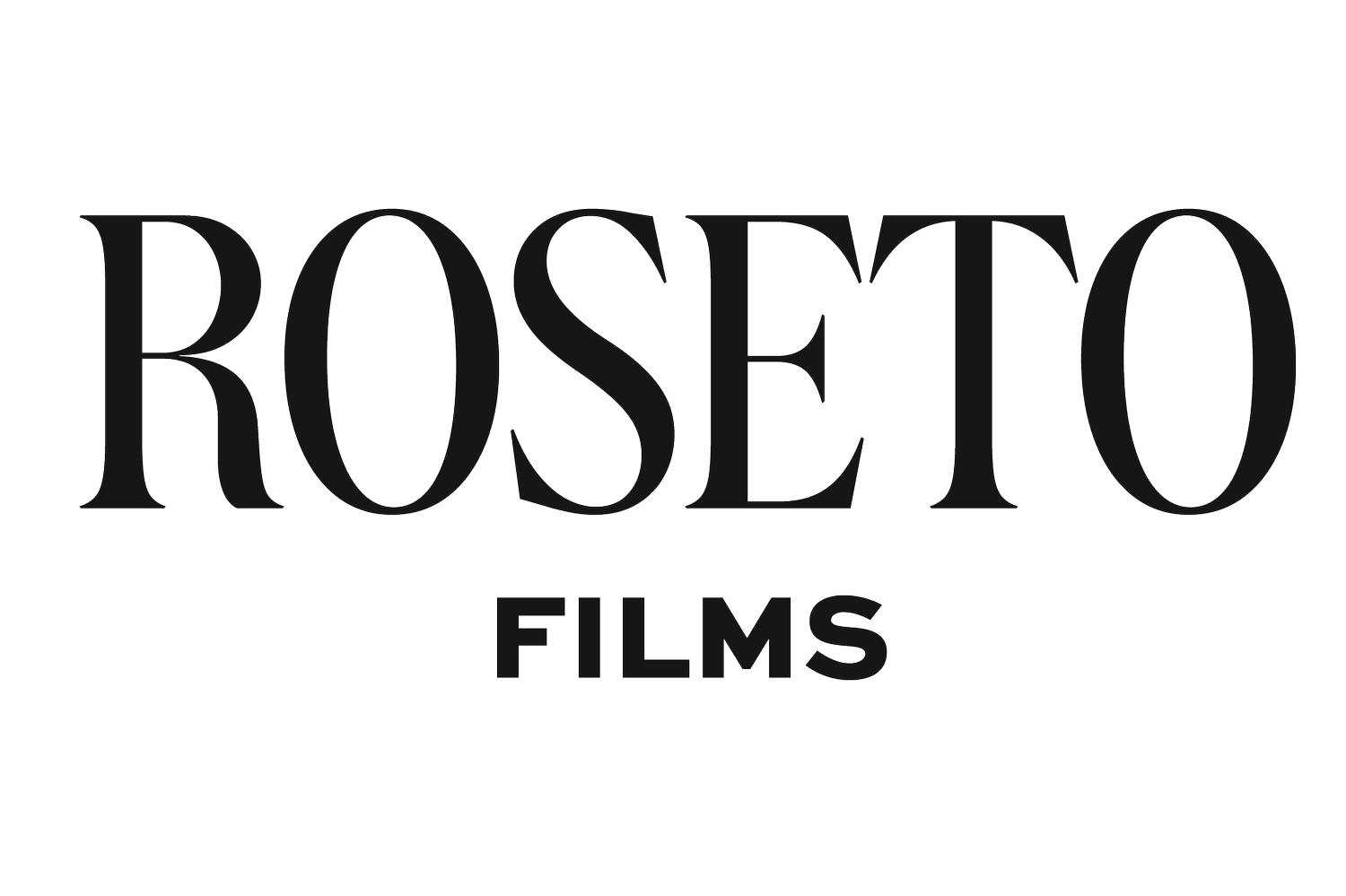Understanding Marketing: A Generous Approach to Transformation
The Essence of Marketing
Marketing, in its purest form, is the generous act of helping people transform into who they aspire to be. It starts with empathy—a deep understanding of the obstacles that prevent individuals from achieving their goals. This foundation supports the art of storytelling, aimed at addressing and overcoming these barriers, helping people on their journey of self-transformation.
Before delving into specifics, let's simplify what traditional marketing entails with a clear, relatable analogy:
Advertising: Announcing the circus is coming to town.
Promotion: Putting a sign on the elephant that walks into town.
Publicity: Coverage of the elephant crushing the mayor’s flowers.
Public Relations: The mayor's positive spin on the incident.
Sales: Engaging with customers, answering questions, and facilitating transactions at the circus.
Marketing: The comprehensive planning behind all the aforementioned activities.
Marketing comprises various roles and tasks, often requiring significant knowledge and expense. The real challenge, however, lies in its effectiveness, which can be limited without substantial financial resources.
Focusing on What We Control: Content Marketing
Given the complexities and challenges of traditional marketing, my focus shifts to what we can directly control and create, namely content marketing. This approach is not only more budget-friendly but also aligns with our current technological era dominated by the internet, where traditional advertising methods like TV commercials and newspaper ads are becoming less effective due to overwhelming public exposure and aversion.
Content marketing revolves around creating materials—videos, photos, articles—that genuinely help consumers. It succeeds because it resonates with the intrinsic human needs and desires, bypassing the outright rejection often associated with direct advertising.
Building Emotional Connections Through Stories
Humans are emotional creatures; even the most logical decision-making is often rooted in an emotional basis. With the overload of information available today, people rely more on narratives than on dry facts. These stories form the backbone of our identities, influencing our decisions—from voting patterns to purchasing preferences.
The job of a marketer is not to dismantle these personal narratives but to understand and respect them, helping to foster a culture where these stories can thrive and resonate.
Crafting a Culture of Believers
Rather than targeting a market in the traditional sense, which can be impersonal and data-driven, I advocate for identifying and nurturing a community of believers. This process involves:
Offering a compelling story and value: Start with a clear message and offering that people want to talk about.
Aligning stories with worldviews: Tailor your narrative to resonate with the specific dreams and aspirations of your target community.
Spreading the word: Use your crafted stories to reach out and engage the community.
Consistent presence: Show up regularly and generously to build trust and establish a long-term relationship.
This approach not only attracts but also retains a loyal following, gradually building a culture around shared values and beliefs.
Implementing the Vision: Practical Steps
To translate these concepts into actionable steps, begin with defining a simple promise to your audience. This promise should be clear and tailored specifically to the needs and aspirations of your target group. From there, select the types of stories you will tell to communicate your message effectively and connect emotionally with your audience. These stories could range from vision and production stories to customer and culture stories, each playing a crucial role in building the overarching narrative of your brand.
By understanding and implementing these principles, you can transform traditional marketing into a powerful tool for cultural and personal transformation.
